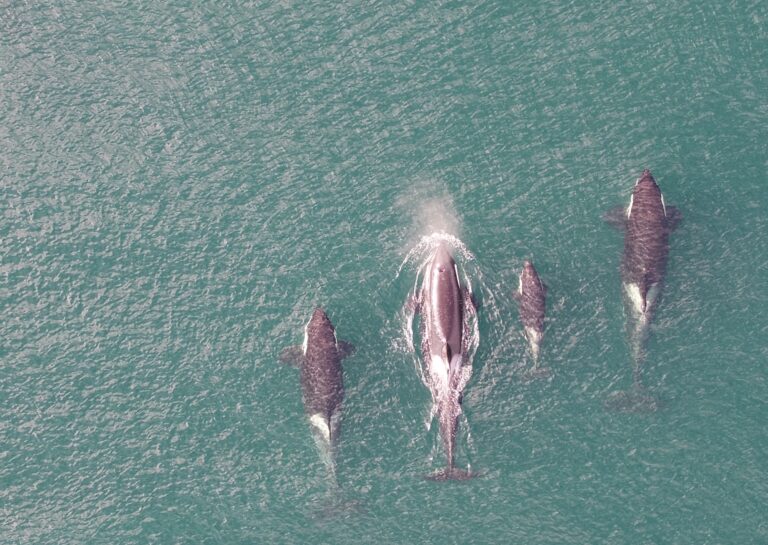Most wildlife bridges are bear-ly wide enough
Canadian researchers measured wildlife overpasses around the world and found 71 per cent in North America are narrower than recommended.

A family of black bears cross a highway in Canada. Photo credit: Liam Brennan. Usage: Single Use Only
Canadian researchers measured wildlife overpasses around the world and found 71 per cent in North America are narrower than recommended.
These bridges let bears and other creatures cross over busy highways, allowing animals to live and breed across their normal habitats—an important factor for biodiversity. Previous research has recommended a minimum width of 50 metres and a width-to-length ratio of 0.8 to ensure larger animals feel comfortable crossing.
Wider is better
Researchers used Google Earth to measure wildlife overpasses. They counted 120, with the majority narrower than local width guidelines. In North America, 20 out of 28 were narrower than 50 metres. Then they analyzed camera data from 12 North American overpasses and found wider overpasses had more animals of more species crossing per day than narrower ones.
Animal crossing rules
“Overpasses are a win-win: they promote biodiversity and, with other measures like fencing, save animal and human lives,” says Liam Brennan, a UBC undergraduate student. What’s needed now, he says, is localized guidelines for overpass dimensions, and monitoring to ensure they’re working for the animals they’re designed for.
Interview language(s): English
Images available for media use (single use only): www.bit.ly/Overpasses



